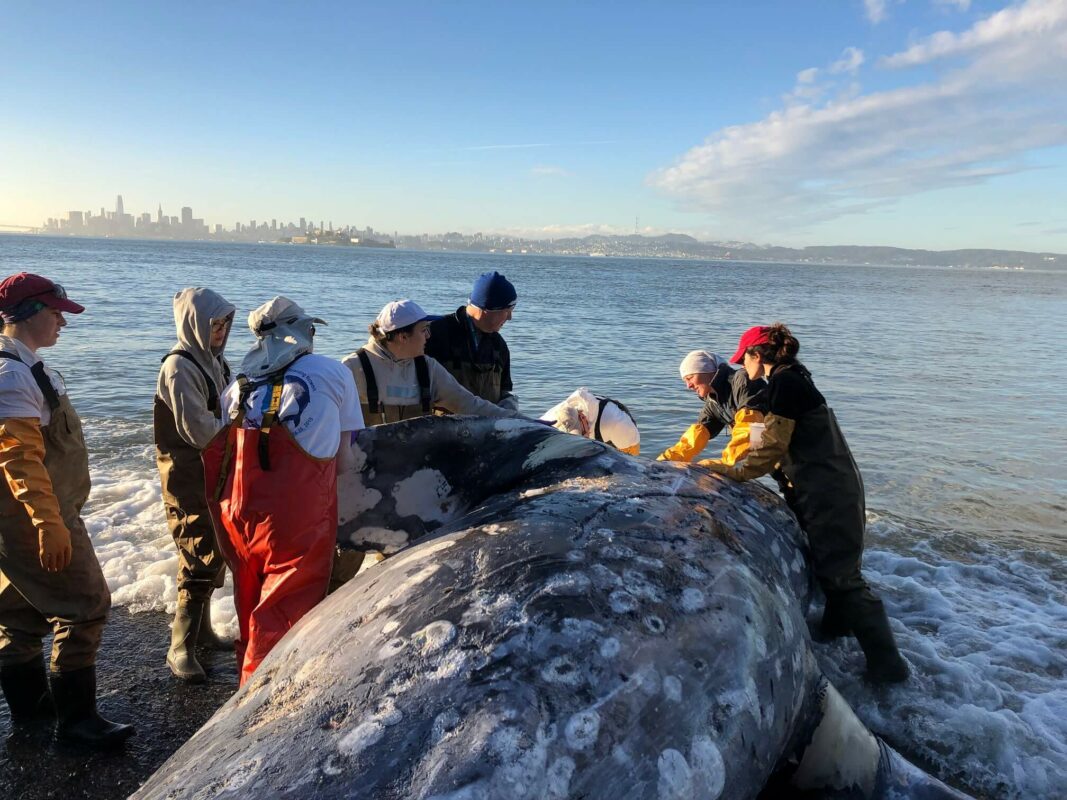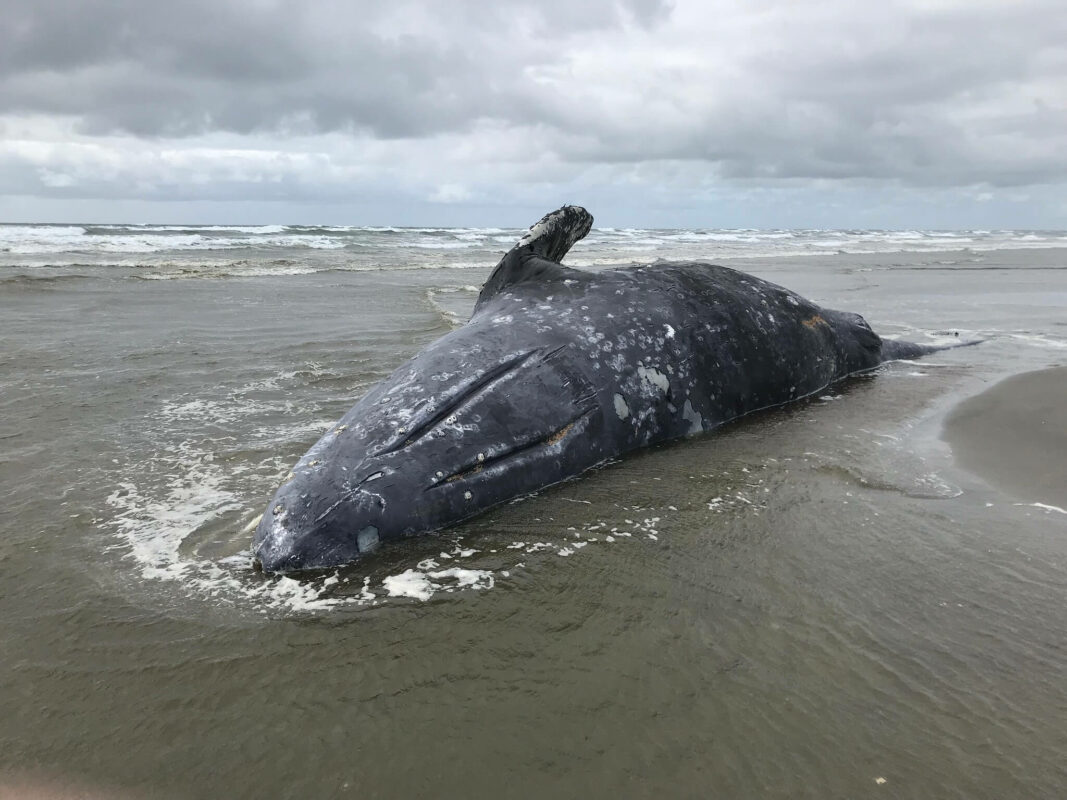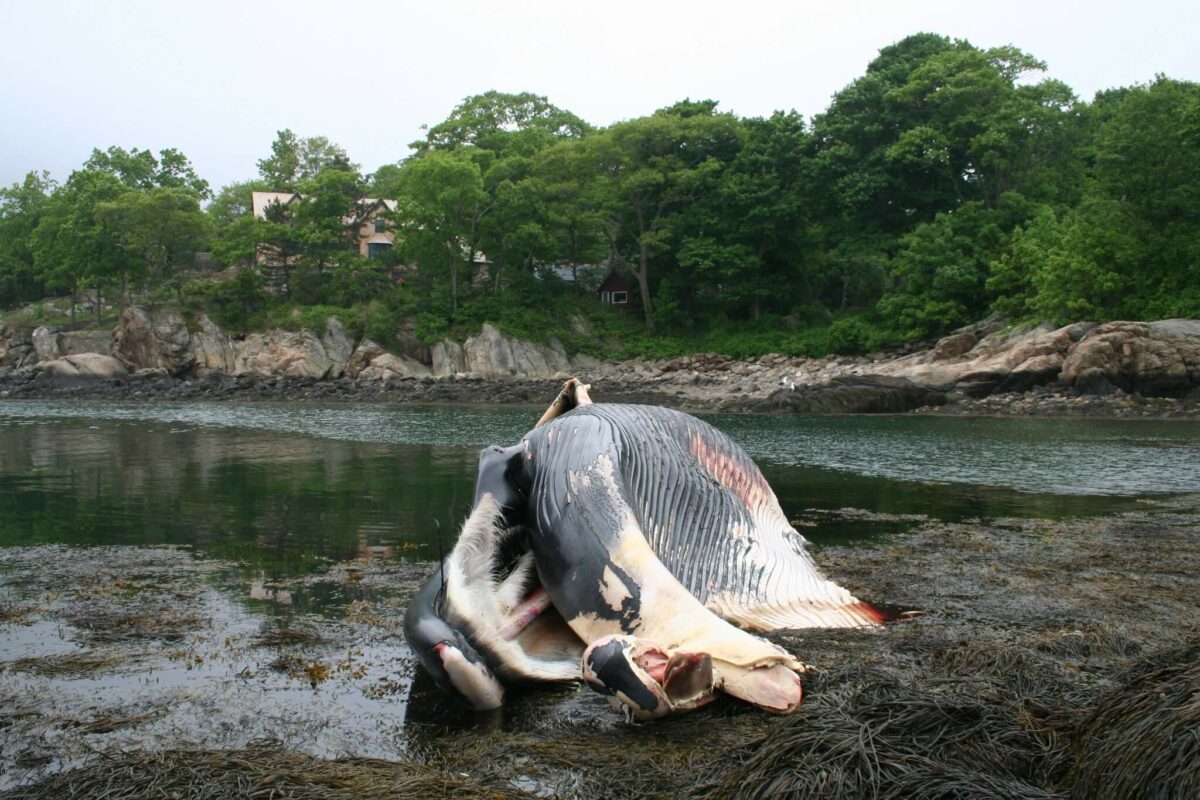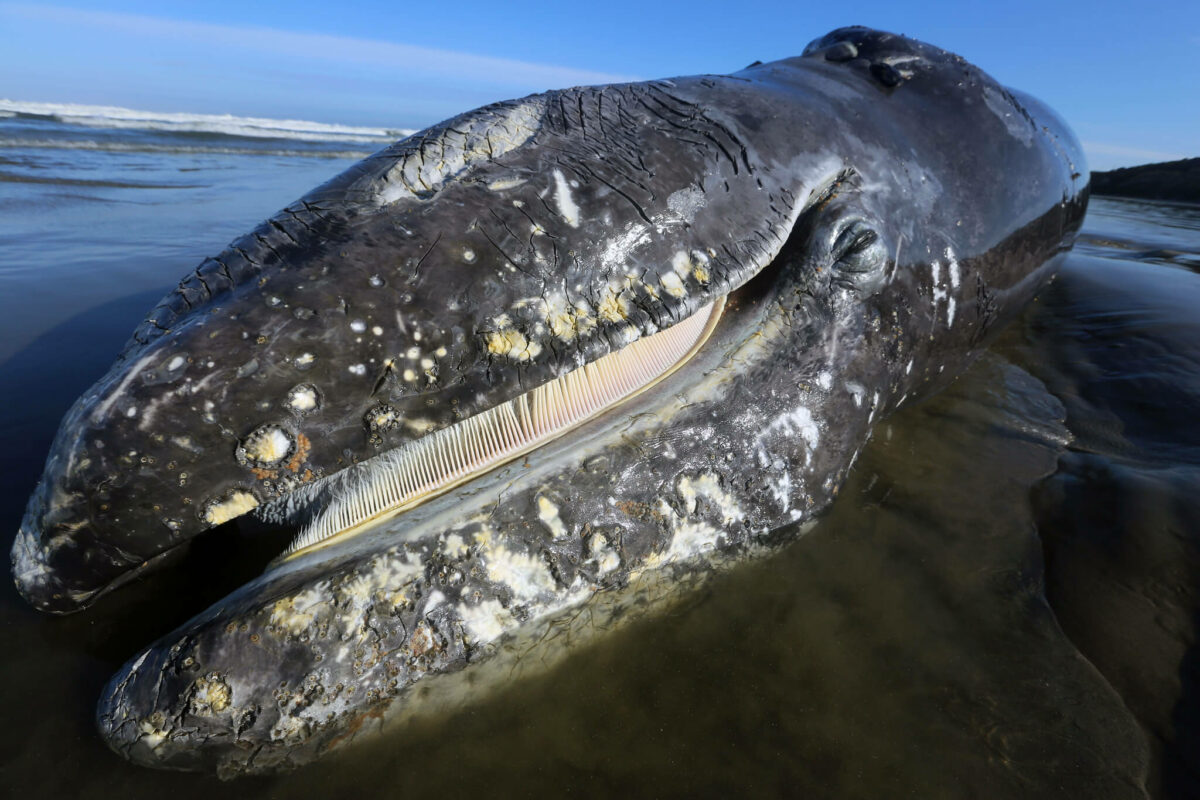Whales are undoubtedly some of the most fascinating animals on earth, they’ve captivated human attention for centuries due to their massive size.
These awe-inspiring mammals are notorious for their intelligence and long life spans of up to 200 plus years or more in some species.
But like all living beings whales too face the end of their lives eventually, it’s a sad but harsh fact of life.
If you’ve ever wondered how do whales die, you’re not alone. This is a question that has boggled the minds of many for years, and whilst it’s a sad topic, it’s one that is important to understand more about these majestic animals.
That’s why in this post, we’re going into the many different ways in which whales die, both natural and unnatural.
So sit back, grab a tissue, and let’s learn more about the mysteries of whale mortality.
How Do Whales Die?
Whales can die in a number of ways, whether that’s from reaching the end of their natural life cycle to having it cut short by human activity.
These ocean giants can die in a number of ways, and whilst size helps them deter hungry predators, it can put them in harm’s way of the many hazards in the ocean.

Below are some of the most common ways that whales die:
Old Age
I believe that the best way a whale can die is from natural causes such as old age.
This typically means the whale has lived life to the fullest and has made it until the very and likely produced offspring to continue its species.
The lifespan of whales varies depending on the species, but most whales can live for between 20 – 90 years old, with some outliers reaching over 200 years old.
Dying of old age is common for some whale species, but not so common for others. Larger whales face many other threats which can cut their life short, which we’ll discuss below.
Predators
Although whales are some of the largest animals on earth, it doesn’t mean that they have no natural predators.
In fact, whales are regularly the target of the top apex predators in the ocean, known as killer whales or orcas.
These predators are known to attack and kill whales of all species, especially calves that they can separate from their mothers.
Killer whales have also been known to target even the largest whale species, the blue whale.
Orca typically hunts in pods of between 5 and 30 individuals, so they outnumber their prey multiple times over which means they can take down just about anything in the ocean.
Human Activity
Another threat that many whales face is human activity such as pollution, vessel strikes, entanglement, and more.
Whales are so large that they can easily become entangled in fishing nets which can stop them from reaching the surface to breathe.
Entanglement can happen due to fishing trawlers’ nets, ropes, and other debris can lead to the whale becoming trapped, leading to injuries, infections, and death.
Large ships can also collide with whales if the whale finds itself in a shipping lane, this can quickly kill whales by taking chunks out of its body, and as the ocean becomes more crowded with ships this cause of death becomes more common.
Whales can ingest plastic, chemical, and other debris from human waste pollution that can cause them to become sick and die.
Ultimately, the amount of human activity in the ocean is a BIG threat to many whale species and marine life in general.
Beaching
Whales can also die from accidentally beaching themselves by venturing into waters that are too shallow and becoming trapped.
If a whale finds itself beached, it’s in a desperate situation as the force of gravity makes it difficult for the whale to breathe as it collapses under the pressure of its own weight.
Not only that, but the whale can become dehydrated due to overexposure to the sun in hot climates.
Whales beaching themselves is common, especially in older whales that become lost or disoriented.
Illness
Just like any other living organism, whales can also meet their fate through sickness and ill health which could be anything from sickness to diseases.
Whales are susceptible to a number of health issues, including cancer, bacterial infections, parasites, and much more.

The impact of these illnesses can vary depending on the whale species and its overall health, with some whales being able to fight off most illnesses and others not being able to.
One such sickness is morbillivirus, which is a type of virus that can cause serious illness and death in many marine mammals.
This virus can affect multiple systems in the whale’s body, including the respiratory system, nervous system, and immune system.
What Happens When Whales Die?
Whales are dying all over the world in all seven oceans, it’s a natural process of life on earth that happens to us all.
When whales die, their bodies can have a significant impact on their surrounding ecosystem as they essentially become a feast for many different organisms.
Oftentimes, the whale’s body will sink to the ocean floor which can become a food source for many creatures of the deep, including hagfish and sleeper sharks.
Over time, the whale’s body will be broken down and recycled by these organisms which can have a profound impact on the ocean’s nutrient cycles.
If the whale happens to die onshore or in shallow waters, its smell can attract scavengers such as sea birds from miles away.
The whale carcass may also be a hazard for people on the beach, and in some cases, the whale may even explode!
Yep.. explode. Didn’t expect that one did you?
More On Whale Deaths
Whale deaths can occur for a number of reasons, including natural causes which include old age but also can happen due to human activities such as entanglement and pollution.
Whilst commercial whaling has been banned now since 1986 under the International Whaling Commission (IWC) moratorium, hunting still goes on to this day.
Many whale species were hunted to near extinction before this period for their blubber and whale meat.

However, illegal whale hunting in countries like Japan and Korea still happens today, with private organizations such as Sea Shepard actively seeking these out and trying to put a stop to it.
The good news is that since 1986 and the commercial whaling ban, many populations have made a remarkable comeback and populations are beginning to rise.
Whilst some whale species are still endangered and for those conservation efforts are more important than ever, whale numbers across the board are steadily increasing which is a joy to see.
Wrapping Up
To sum up, whales die in a number of ways which can vary from dying from natural causes and ill health to being struck by large fishing trawlers or ingesting plastic pollution.
Ultimately, whales die for a variety of reasons, but many still manage to live long and fulfilling life as they adapt to the many changes in the world’s oceans.
The ocean is a busy place in today’s modern world, but many whale species have learned to adapt to the many new challenges they face.
Whales face a number of issues that can affect their mortality, and when they do die this can have a huge impact on the surrounding ecosystem.
Thanks for taking the time to read this post and learn more about how whales die, and I’m sorry if it’s been a sad one.
The reality is that all life on earth dies at some point, and it’s just about living life to its fullest potential and enjoying the time and experiences that we have here.
See you in the next one!

Hi, I’m George – the founder of MarinePatch. I created this blog as marine wildlife has been my passion for many years. I’ve spent over a decade in the marine wildlife industry and spent years out in the field conducting research. In today’s modern world, an online blog is the best place for me to share my findings and reach as many people as possible to help educate and inspire others. Enjoy your time here and you’re welcome back anytime!

